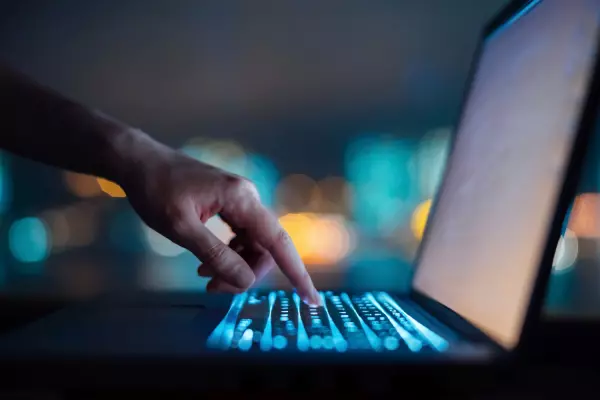Net core Crown debt is tipped to hit more than 50 percent of gross domestic product over the next five years as the government expects to pump more than $60 billion into mitigating covid-19.
By way of comparison, net core Crown debt was 19 percent in the year to June 2019.
“The core of Budget 2020 will boost critical public services, fund infrastructure, and provide the unprecedented investments needed for the second and third stages of our plan to face covid-19: recover and rebuild,” said Finance Minister Grant Robertson when presenting the budget.
Budget 2020 establishes a $50 billion “covid-19 response and recovery fund,” which builds on the initial $12.1 billion package.
However, the impact of covid-19 on the books goes far beyond that $62.1 billion, the Treasury said.
In addition, “the covid-19 shock will have a significant impact on the government’s fiscal position through a reduction in tax revenues and increase benefit expenses,” it said.
Red ink
The Treasury is now forecasting a deficit in the operating balance excluding gains and losses of $28.3 billion in the June 2020 year followed by a deficit of $29.6 billion in 2021.
That obegal had been forecast last December to be a deficit of $900 million in June 2020 and a surplus of $100 million the following year.
It now narrows to a deficit of $4.9 billion in the June 2024 year, or 1.3 percent of GDP.
While couched in multiple caveats about uncertainty, the government’s long-term projections do include a scenario that sees it officially returning to an obegal surplus in 2028.
Not only that but Robertson said it is possible the books are back in the black by June 2025.
Treasury projections show a deficit of just 0.7 percent of GDP in 2024/25, moderating to 0.2 percent in the year to 2026 and 0.1 percent in the two following years, he noted.
Past experience
He pointed to the prior government’s experience of six years of deficits and a small surplus in year seven after the global financial crisis and the Canterbury earthquakes.
“We are targeting a surplus in a similar period of time as we respond to a 1-in-100 year shock.”
He also noted that historically low interest rates are playing in New Zealand’s favour.
“We can currently lock in 10-year bonds at an annual rate of below 1 percent. Importantly, interest costs will stay low at only 1.2 percent of GDP when net debt peaks,” he said.
As a percentage of GDP, net core crown debt will hit 30.2 percent in the 2020 year and will continue to rise, peaking at 53.6 percent in both June 2023 and June 2024. In nominal terms, the peak is $200.8 billion.
Residual cash deficits hit $32 billion this year followed by $43.3 billion in the year to June 2021.
Rising costs
The annual growth in core Crown expenses is expected to be 38.7 percent of GDP this fiscal year, and to remain above 35 percent until it eases to 33.7 percent in June 2023 and 30.2 percent the following year.
In nominal terms, the level of core Crown expenses peaks at just under $120 billion in June 2022, before starting to fall as the economy begins to recover.
On the other side of the ledger, by the June 2024 year it sees core Crown tax revenue at $102.1 billion versus $82.3 billion June 2020, also benefiting from the expected recovery.














